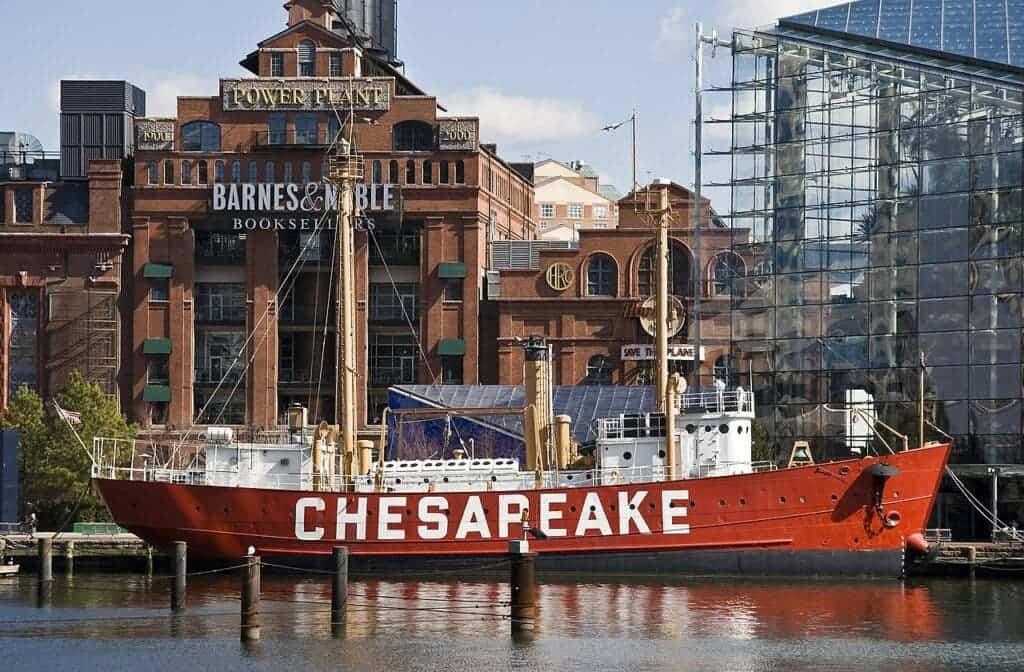Maryland’s Chesapeake Bay intakes tens of thousands of doses of various drugs every year, according to a new report. This results in persistent (if variable) levels of drugs in the water year-round, at concentrations that affect ecological processes. The source, according to the report, is the city’s leaky sewage system.

The sheer scale of human society means that much of what we do impacts the world around us. Climate change is the most consequential one, but pollution and habitat destruction are arguably the most visible. Sometimes, however, they can happen unnoticed right under our noses, meaning we have a very poor understanding of their scale and effects.
Pharmaceutical or drug pollution in freshwater is one example — it is global in scope and yet, very poorly quantified. A new report, however, comes to fill in at least one piece of this overall story. According to the paper, the sewage infrastructure of Maryland is leaking tens of thousands of human doses of pharmaceutical compounds into the Chesapeake Bay every year. The paper illustrates how outsized an effect old or damaged infrastructure can have on our environment.
Dosing the fish
“Pharmaceuticals enter fresh waters through multiple pathways, including effluent from wastewater treatment and septic systems, as well as agricultural runoff. An important, but often overlooked contributor is aging and faulty wastewater infrastructure, which is common in many older cities,” lead author Megan Fork, a postdoctoral research associate at Cary Institute of Ecosystem Studies, explains.”Because Gwynns Falls streams don’t receive wastewater effluent, we were able to estimate annual loads of pharmaceutical pollution attributed to leaky pipes alone.”
Pharmaceutical pollution in lakes, rivers, and streams can have an immense effect on wildlife communities. Since our drugs are so varied in composition and effect, they can interfere with and disrupt everything from animal biology and behavior to algal growth.
For the study, the team collected water samples from six sites in Baltimore’s Gwynns Falls watershed every week for one year. These sites formed a ‘gradient of development’ according to the authors — they ranged in development levels from suburban to highly urban. These samples were tested for concentrations of 92 pharmaceutical compounds.
The team reports that at 7 of the sites, they identified 37 different compounds among those they were looking for. The most commonly found compound across these sites was the antibiotic trimethoprim. The highest concentration of drugs was identified in samples from a site where Gwynns Falls flows into Baltimore’s Inner Harbor. Overall, however, drug concentrations were higher at sites that were more densely populated than at less-populated ones.
In order to estimate how much of this was leaked from faulty pipes (the annual ‘load’), the team pooled data on drug concentrations detected at the Gwynns Falls outlet with river discharge rates recorded by a USGS monitoring station at the site. Armed with this data, they calculated the annual loads for nine classes of compounds.
They report that faulty pipes fed the Gwynns Falls watershed with an equivalent of 30,000 adult doses of antidepressants, 1,700 doses of antibiotics, and about 30,000 tablets of acetaminophen (a common painkiller). These drug concentrations are environmentally relevant, meaning they have a measurable effect on organisms’ behavior, biology, and on greater ecological processes. While these pharmacological pollutants were persistent throughout the year, they were also variable — meaning the exact mixture of compounds is always changing.
“Establishing the loads of contaminants such as pharmaceuticals is important since low concentrations may mislead regulators and managers into thinking that they are insignificant. In Baltimore we are already seeing that stream-dwelling bacteria are resistant to common antibiotics, suggesting that low chronic exposures can result in significant effects on stream life,” Fork explains.
“We estimate that nearly 1% of raw sewage originating in the Gwynns Falls watershed flows into the environment via leaking infrastructure. If we extrapolate our calculations to the entire Chesapeake Bay watershed, we estimate that approximately 11.7 billion liters of raw sewage may enter the Bay via leaks every year — carrying a range of pharmaceutical compounds that can affect aquatic organisms and disrupt ecosystem processes,” adds Emma Rosi, senior co-author and an aquatic ecologist at Cary Institute.
The paper “Dosing the Coast: Leaking Sewage Infrastructure Delivers Large Annual Doses and Dynamic Mixtures of Pharmaceuticals to Urban Rivers” has been published in the journal Environmental Science & Technology.


